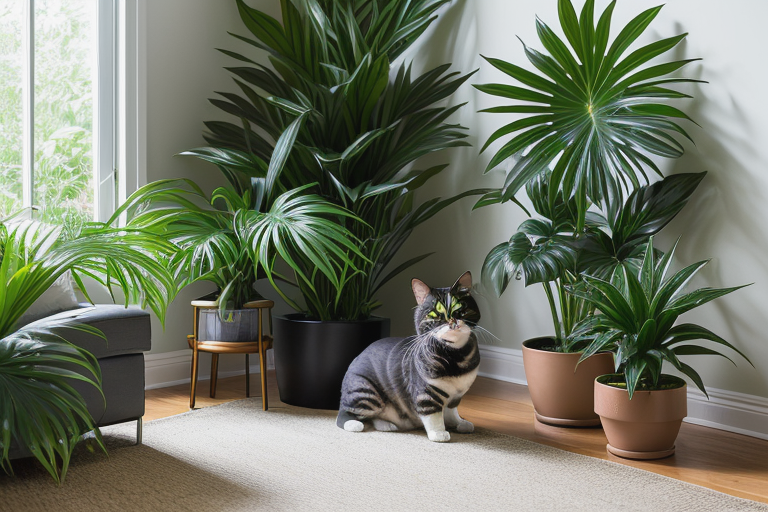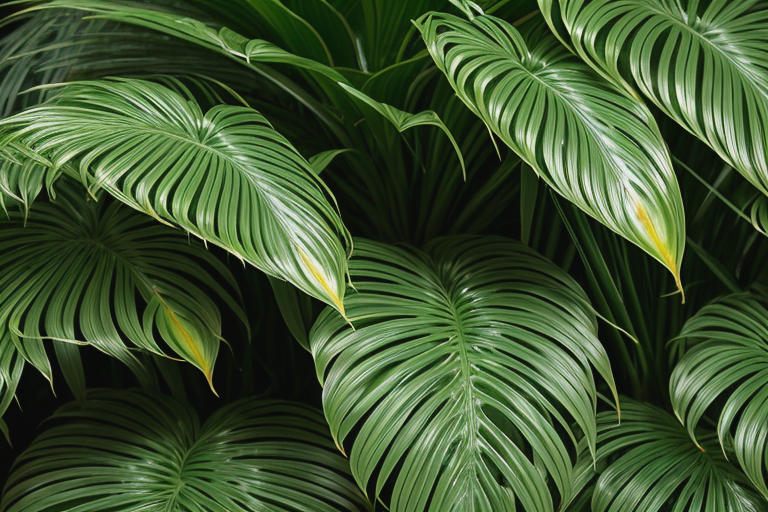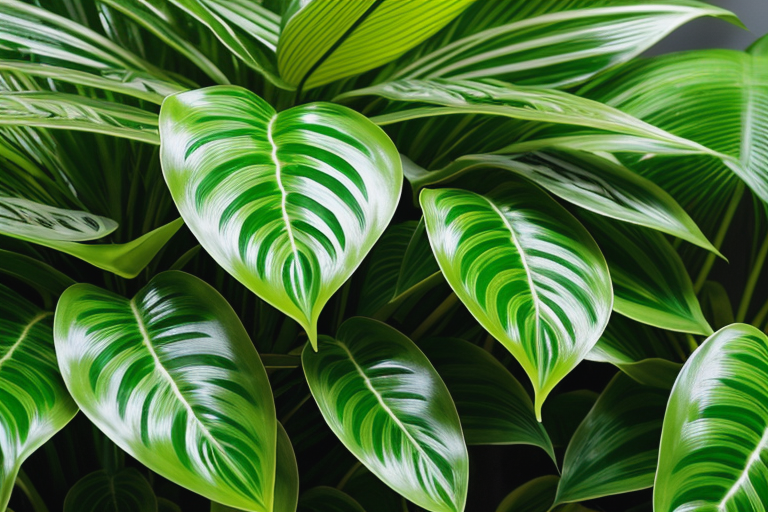Adding greenery to your home makes it feel more alive, but if you share the space with cats or dogs, you need to know which plants are safe and which could be harmful.

✅ 5 Pet‑Safe Houseplants
Spider Plant (Chlorophytum comosum) - Pet‑Safe
This nearly indestructible beauty is perfect for beginners and doubles as an air purifier. Its arching leaves are often a favorite for curious cats—no worries, they're non‑toxic.
Care: Bright, indirect light; water when the top inch of soil dries out.
Boston Fern (Nephrolepis exaltata) - Pet‑Safe
Thrives in humid environments and adds a soft, tropical feel to any room.
Care: Keep soil consistently moist and provide indirect light; mist regularly.
Areca Palm (Dypsis lutescens) - Pet‑Safe
This elegant statement plant brings tropical vibes while cleaning your air. Safe for both cats and dogs.
Care: Bright, indirect light; water once the top 2 cm of soil feel dry.
Calathea (Calathea spp.) - Pet‑Safe
Known for its decorative leaf patterns that move with the light. Non‑toxic to pets.
Care: Medium to low light; keep soil lightly moist and maintain high humidity.
Parlor Palm (Chamaedorea elegans) - Pet‑Safe
Compact and tolerant of low‑light conditions—perfect for apartments.
Care: Low to medium light; water when the top inch of soil dries.

⚠️ 5 Toxic Houseplants to Avoid
Dieffenbachia (Dumb Cane) - Toxic
Contains calcium oxalate crystals that cause intense oral irritation, swelling, and difficulty breathing if chewed.
Pet risk: Very high – even a small bite can lead to vomiting and drooling.
Philodendron spp. - Toxic
All parts contain calcium oxalate crystals. Symptoms include oral pain, excessive drooling, and vomiting.
Epipremnum aureum (Pothos) - Toxic
Also rich in calcium oxalate; ingestion can lead to throat swelling and gastrointestinal upset.
Sago Palm (Cycadaceae) - Highly Toxic
All parts, especially the seeds, contain cycasin, a potent toxin that can cause liver failure and death.
Pet risk: Immediate veterinary care required if ingested.
ZZ Plant (Zamioculcas zamiifolia) - Toxic
Contains saponins that cause vomiting, diarrhea, and skin irritation when chewed.
Note: Even "non‑toxic" plants can cause mild digestive upset if a pet eats a large amount. Always monitor new additions and keep plants out of reach of especially curious animals.

Quick Reference Table
| Plant | Pet‑Safe? | Typical Symptoms (if toxic) |
|---|---|---|
| Spider Plant | ✅ Safe | — |
| Boston Fern | ✅ Safe | — |
| Areca Palm | ✅ Safe | — |
| Calathea | ✅ Safe | — |
| Parlor Palm | ✅ Safe | — |
| Dieffenbachia | ❌ Toxic | Oral irritation, drooling, swelling |
| Philodendron | ❌ Toxic | Oral pain, vomiting |
| Pothos | ❌ Toxic | Throat swelling, vomiting |
| Sago Palm | ❌ Highly Toxic | Liver failure, death |
| ZZ Plant | ❌ Toxic | Vomiting, diarrhea |
Frequently Asked Questions
Can I let my cat chew on any houseplant?
Even "pet‑safe" plants should only be tolerated in small amounts. Some cats enjoy nibbling on grass or cat‑nip; if you notice excessive chewing, move the plant out of reach or provide a safe alternative.
What should I do if my pet eats a toxic plant?
Call your veterinarian or an emergency pet poison hotline (e.g., ASPCA Animal Poison Control at 888‑426‑4435 in the U.S.) immediately. Bring a picture of the plant if possible.
Are there any pet‑safe succulents?
Yes! Haworthia, Echeveria, and certain Aloe varieties (e.g., Aloe vera, but keep the gel away from pets) are generally considered safe, though individual sensitivities can vary.